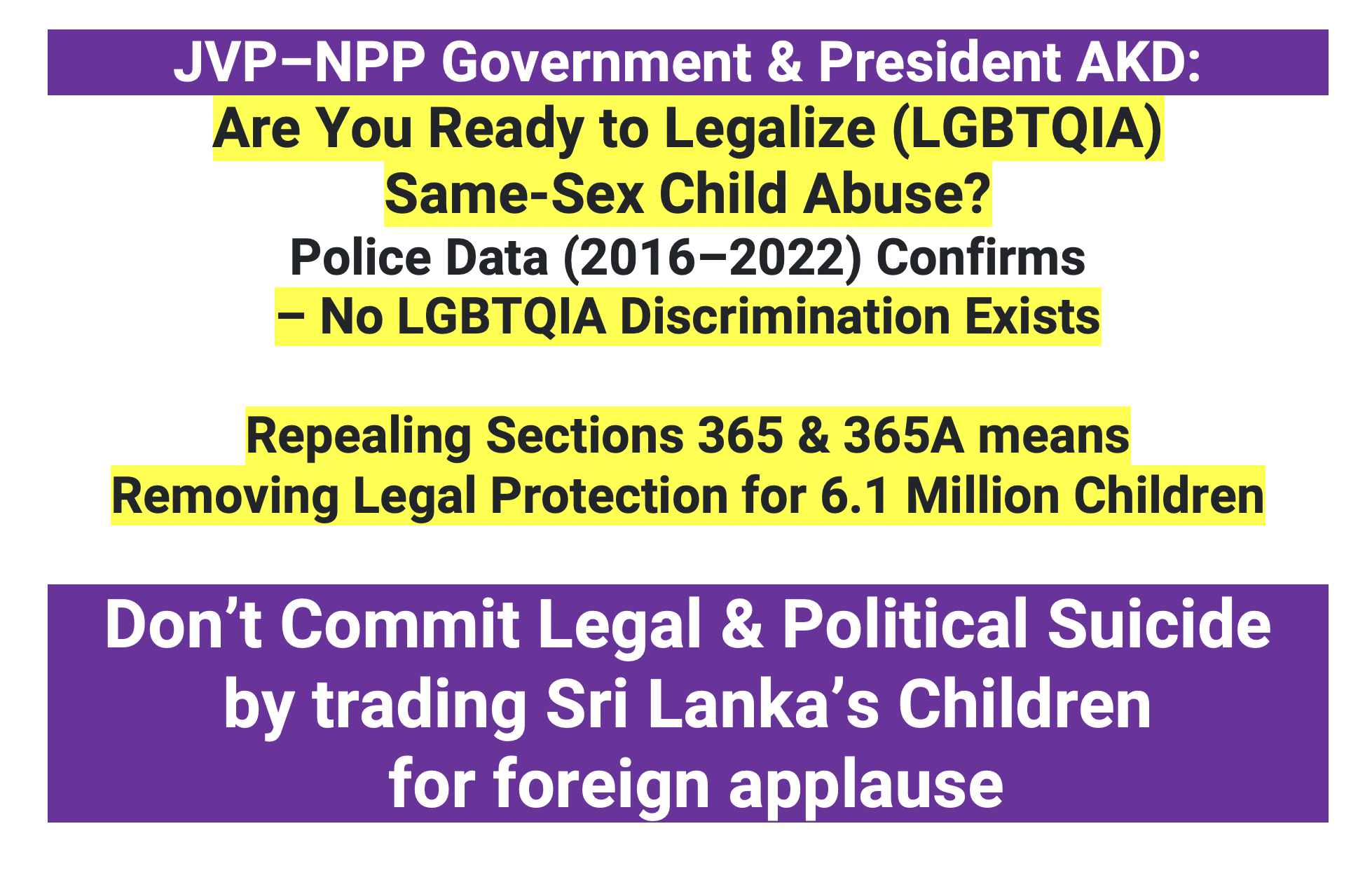Part 2: Strategic Impact Assessment of the 35 Agreements Signed Between Sri Lanka and India (Dec 2024 – Apr 2025)

While the volume of agreements signed between President Anura Kumara Dissanayake’s government and the Modi administration marks an unprecedented acceleration in bilateral cooperation, the true significance lies in the strategic depth, structural implications, and sovereignty risks embedded within each agreement.
This section examines the individual and cumulative impact of all 35 signed and announced initiatives—moving beyond ceremonial optics to unpack what these agreements mean for Sri Lanka’s national security, economic autonomy, digital sovereignty, cultural cohesion, and geopolitical positioning.
Each agreement is analyzed based on:
- Sectoral Influence (Defence, Energy, Digital, Development, etc.)
- Strategic Leverage India Gains
- Risks to Sri Lanka’s Autonomy, Resources, or Democratic Oversight
- Legal, Constitutional, and Public Interest Implications
Through this lens, Part 2 offers a ground-level understanding of how these agreements—individually and collectively—may shape the future trajectory of Sri Lanka’s independence, policy space, and internal balance of power in the years to come.
December 2024 – President Dissanayake’s Visit to India
- MoU between SLIDA and India’s NCGG (Civil Service Training)
Impact:Strategic soft power alignment; deepens India’s influence over Sri Lanka’s administrative culture. - India as co-chair of Debt Restructuring (OCC role)
Impact:Fiscal reliance; increased leverage for India in future economic policy decisions. - USD 20.66M to settle overdue payments
Impact:Temporary financial relief; increases aid-dependency pattern. - Inauguration of High Impact Community Development Project
Impact:Localized goodwill; strategic grassroots penetration. - Cold Storage Warehouse (Dambulla)
Impact:Infrastructure boost; raises concerns about Indian logistics dominance in agri-export chain. - Grant for Temples in Trincomalee, Nuwara Eliya, Anuradhapura
Impact:Cultural diplomacy; influence in ethno-religious zones. - Supply of 5,000 Solar Rooftops to Religious Places
Impact:Clean energy promotion; builds Indian energy hardware dependence. - Exposition of Buddha’s Relics from Gujarat
Impact:Symbolic diplomacy; boosts India’s cultural-religious legitimacy. - Capacity Building for 700 Sri Lankans Annually
Impact:Long-term influence on human capital. - Tourism Sector Cooperation
Impact:Mutually beneficial but risks market dominance by Indian travel chains. - Investment-led Growth and Connectivity
Impact:Strategic investment entry points; opens door to asset capture. - Humanitarian Approach to Fishermen’s Issues
Impact:Softens bilateral tension; no structural solution. - Digital Transformation Cooperation
Impact:Sets stage for digital sovereignty erosion (see April agreements).
Ongoing (Discussed but not signed in Dec 2024)
- Electricity Grid Interconnection
Impact:Long-term energy dependency on India. - Multi-product Oil Pipeline (India-Sri Lanka-UAE)
Impact:Indian control of strategic port-energy corridor (Trincomalee). - LNG Supply Proposals
Impact:Locks Sri Lanka into Indian gas procurement framework. - Rameshwaram-Talaimannar Ferry Service
Impact:Regional connectivity vs. migration security concerns. - Finalizing Defence Cooperation Agreement
Impact:Paves way for military alignment with India. - Hydrography Cooperation
Impact:Risks ceding control over Sri Lanka’s maritime data. - Dornier Aircraft & Maritime Rescue Centre
Impact:Enhances surveillance; deepens Indian strategic presence.
April 2025 – Indian PM Modi’s Visit to Sri Lanka
- MoU on Defence Cooperation
Impact:Unprecedented military pact; potentially cedes strategic autonomy. - HVDC Interconnection for Power Trade
Impact:Structural reliance on Indian electricity grid. - Tripartite MoU on Trincomalee Energy Hub (India-UAE-SL)
Impact:Foreign control of strategic port and energy storage. - Digital Solutions MoU (Aadhaar-like tech)
Impact:Risk of data sovereignty loss and digital surveillance. - Health & Medicine MoU
Impact:Enhances pharma ties; potential for drug market monopoly. - Pharmacopoeial Cooperation
Impact:Indian pharma standards influence Sri Lankan regulatory bodies. - Grant for Eastern Province Development (2.4B LKR)
Impact:Regional imbalance; could fuel federalist agendas. - Railway Track Upgrade (Maho-Omanthai)
Impact:Transport development; strategic movement corridor. - Signaling System (Maho-Anuradhapura)
Impact:Enhances rail safety; tech dependency on Indian systems.
Ongoing (Still under negotiation in April 2025)
- Sampur Solar Power Project Expansion
Impact:Renewable progress; may reinforce Adani-linked concerns. - LNG Supply Proposals (reiterated)
Impact:Continued risk of over-reliance. - Rameshwaram-Talaimannar Ferry Service (pending)
Impact:Cross-border cultural flow; possible demographic shifts. - Hydrography Cooperation (pending)
Impact:Maritime sovereignty concerns. - Economic and Technological Cooperation Agreement (ETCA)
Impact:Opens service sectors to Indian firms; contentious in labour markets. - Amendatory Agreements on Debt Restructuring
Impact:Sovereign restructuring under Indian conditionalities.
This agreement list reveals a coordinated and comprehensive Indian strategy — spanning military, digital, economic, cultural, and grassroots domains — that risks pushing Sri Lanka into a structural dependency spiral. Each MoU, while often framed as development-focused, cumulatively forms an ecosystem of strategic encirclement, requiring urgent national debate and legal scrutiny.







